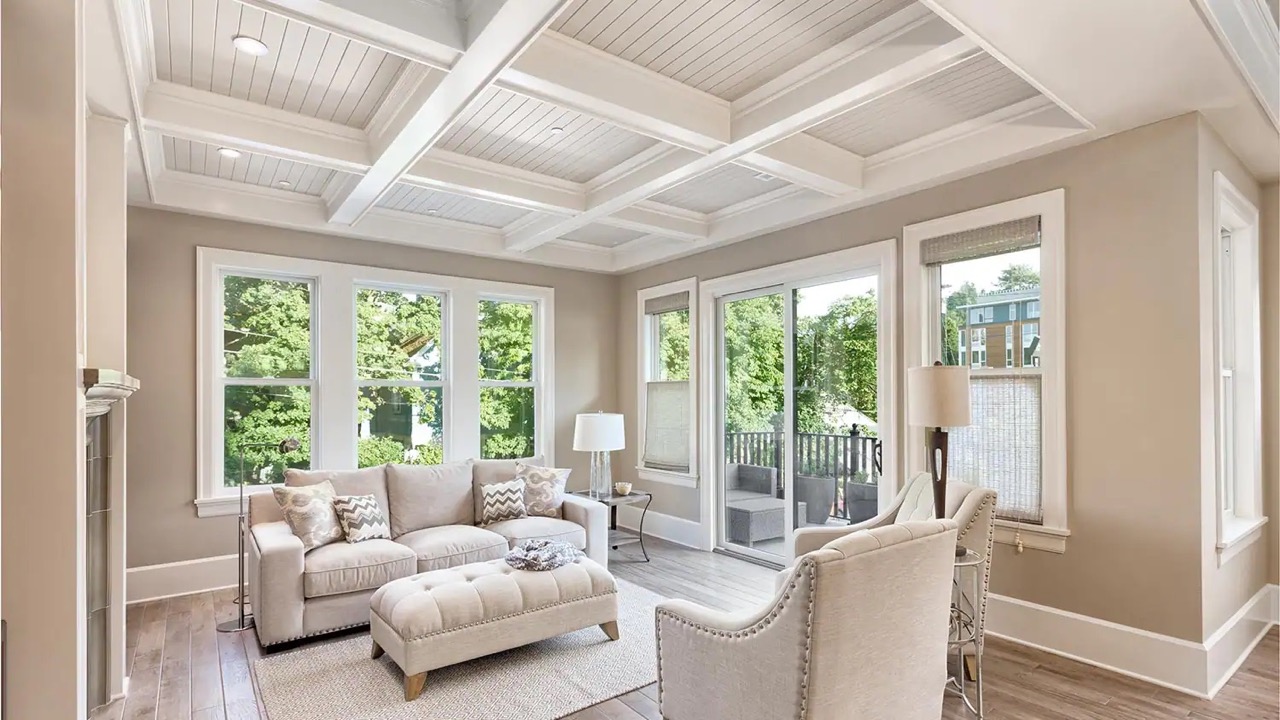

Articles
What Is A Coffered Ceiling
Modified: January 19, 2024
Discover the beauty and functionality of a coffered ceiling in our latest articles. Learn about the different styles, materials, and installation methods.
(Many of the links in this article redirect to a specific reviewed product. Your purchase of these products through affiliate links helps to generate commission for Storables.com, at no extra cost. Learn more)
Introduction
Coffered ceilings are a timeless architectural feature that can transform any space into a statement of luxury and elegance. These ceilings have a rich history and are often associated with grandeur and opulence. Whether you are designing a new home or renovating an existing space, incorporating a coffered ceiling can add a touch of sophistication and visual interest.
In this article, we will explore the definition of a coffered ceiling, delve into its history, discuss the design and construction process, explore the benefits of installing one, highlight different types and materials used, provide insights into the cost of installation, and offer maintenance tips. Whether you are a homeowner, interior designer, or builder, this comprehensive guide will provide you with all the information you need to know about coffered ceilings.
Let’s embark on a fascinating journey into the world of coffered ceilings, and discover why they are a popular choice for creating a stunning focal point in any space.
Key Takeaways:
- Coffered ceilings, with their rich history and timeless elegance, offer a versatile and customizable way to add sophistication and visual interest to any space, making them a popular choice for homeowners, designers, and builders alike.
- The design and construction of coffered ceilings require careful planning and attention to detail, with a wide range of materials and styles available to create a stunning focal point that enhances the overall ambiance and value of a property.
Read more: How To Install Coffered Ceiling
Definition of a Coffered Ceiling
A coffered ceiling is a decorative ceiling treatment that consists of a series of recessed panels, known as coffers, set into a grid pattern. These panels are typically square or rectangular in shape and are separated by beams or moldings. The result is a visually stunning ceiling with a three-dimensional appearance.
Coffered ceilings originated in ancient Greece and have since been used in various architectural styles throughout history. They were initially created as a structural element to reduce the weight of large stone ceilings. Over time, their purpose evolved to include aesthetic considerations, and they became a symbol of prestige and craftsmanship.
Today, coffered ceilings continue to add a touch of sophistication and elegance to any room. They bring architectural interest and depth to an otherwise plain ceiling, making it a focal point in the space. Coffered ceilings are commonly found in high-end residences, commercial buildings, and public spaces like libraries, museums, and government buildings.
The design possibilities with coffered ceilings are virtually limitless. They can be customized to suit any interior style, from traditional to contemporary. The size, shape, and depth of the coffers can be varied to create different visual effects and accentuate the architectural features of the room.
Overall, a coffered ceiling is an exquisite addition to any space, offering both structural and aesthetic benefits. Its unique design can elevate the overall ambiance and create a sense of grandeur and sophistication.
History of Coffered Ceilings
The concept of coffered ceilings can be traced back to ancient times, with its roots in ancient Greece and Rome. The earliest known examples date back to the 7th century BC. These early coffered ceilings were made from stone or wood and were often found in temples, basilicas, and public buildings.
In ancient Greece, coffered ceilings were primarily used as a structural solution to support heavy stone ceilings in large buildings. The recessed panels helped reduce the weight and distribute it evenly across the ceiling. The design also allowed for the inclusion of decorative elements such as carvings and paintings.
In ancient Rome, coffered ceilings were highly prized and became a symbol of wealth and status. They were found in the homes of the affluent and in the grand buildings of the empire. The Romans further developed the design by incorporating intricate decorations and ornate moldings.
During the Renaissance period in Europe, coffered ceilings experienced a resurgence in popularity. The design became more refined and intricate, with a focus on symmetry and proportion. This period saw the introduction of more elaborate moldings, decorative motifs, and paintings within the coffers.
In the Baroque and Rococo eras, coffered ceilings reached their peak of opulence. Intricate plasterwork, gold leafing, and intricate carvings adorned the ceilings, creating breathtaking works of art. These grand ceilings were often found in palaces, churches, and aristocratic mansions.
With the advent of modern construction techniques and materials, coffered ceilings became more accessible to a wider audience. Today, they continue to be used in a range of architectural styles and are often seen as a way to add elegance and character to both residential and commercial spaces.
The history of coffered ceilings is a testament to their enduring appeal and ability to elevate the aesthetics of any space. From their origins in ancient Greece and Rome to their prominence in the Renaissance and beyond, coffered ceilings have stood the test of time as a symbol of sophistication and craftsmanship.
Design and Construction of Coffered Ceilings
The design and construction of coffered ceilings require careful planning and attention to detail. Whether you are working with a professional contractor or undertaking a do-it-yourself project, here are the fundamental steps involved in creating a stunning coffered ceiling.
The first step in designing a coffered ceiling is to determine the size and shape of the coffered panels. Common shapes include square, rectangular, and octagonal. The size of the panels can vary based on personal preference and the scale of the room.
Next, the layout of the ceiling grid needs to be established. This grid consists of beams or moldings that define the borders of each coffered panel. The grid can be simple and symmetrical, or it can feature more intricate patterns and designs.
Once the layout is determined, the beams or moldings are installed along the ceiling. These can be made from a variety of materials such as wood, plaster, or composite materials. The beams provide structural support and give the illusion of depth to the ceiling.
After the beams are in place, the recessed panels are created by installing individual panels or by attaching molding strips to the ceiling. These panels can be made from wood, plaster, or other lightweight materials. The depth of the panels can vary depending on the desired visual effect.
Once the basic framework is complete, the coffered panels can be further enhanced with decorative elements. This can include crown molding, rosettes, or other architectural details. The choice of decorative elements should complement the overall style and design of the space.
The final step in the construction process is to finish the coffered ceiling with paint or other finishes. This can involve applying a coat of primer and then painting the panels and beams in the desired color. Alternatively, the panels can be left unfinished for a more rustic or natural look.
Designing and constructing a coffered ceiling requires precision and skill. It is important to enlist the help of professionals or research extensively to ensure that the end result meets your expectations. A well-designed and executed coffered ceiling can greatly enhance the overall aesthetic appeal of any room, creating a sense of luxury and sophistication.
Benefits of Installing a Coffered Ceiling
Installing a coffered ceiling in your home or commercial space offers a range of benefits. Beyond its aesthetic appeal, a coffered ceiling can enhance the overall atmosphere, create a sense of luxury, and elevate the perceived value of the property. Here are some of the key advantages of incorporating a coffered ceiling into your design:
- Visual Interest: Coffered ceilings add an element of architectural interest and visual depth to any space. The recessed panels and beams create a striking visual effect, transforming an ordinary ceiling into a work of art.
- Enhanced Acoustics: The design of coffered ceilings can help improve the acoustics within a room. The recessed panels absorb sound waves, reducing echoes and creating a more pleasant and comfortable environment.
- Increased Ceiling Height: Coffered ceilings have the ability to visually raise the height of a room. The depth and dimension of the recessed panels draw the eye upward, creating the illusion of a higher ceiling.
- Customization Options: Coffered ceilings offer a wide range of design possibilities. You can customize the size, shape, and depth of the panels to fit the scale and style of your space. With various materials, moldings, and finishes available, you can create a ceiling that perfectly suits your aesthetic preferences.
- Added Value: Installing a coffered ceiling can significantly increase the value and appeal of your property. It adds a touch of elegance and sophistication, which can be appreciated by potential buyers or clients.
- Versatile Design Element: Coffered ceilings can be incorporated into a variety of architectural styles, from traditional to modern. They seamlessly blend with different interior design themes and can be adapted to suit various room sizes and layouts.
- Focal Point: A coffered ceiling can serve as a stunning focal point in any space. It immediately draws attention and becomes a conversation starter, making a memorable impression on guests or customers.
Incorporating a coffered ceiling into your design not only adds beauty and elegance but also offers practical benefits. By creating visual interest, improving acoustics, and raising the perceived ceiling height, a coffered ceiling can transform your space into a visually striking and welcoming environment.
Read more: What Is A Ceiling
Different Types of Coffered Ceilings
Coffered ceilings come in various styles and designs, allowing you to choose the perfect option that complements your space and personal aesthetic. Here are some of the most popular types of coffered ceilings:
- Traditional Coffered Ceiling: This style features square or rectangular recessed panels separated by beams or moldings. It is a classic design that adds timeless elegance and symmetry to a room.
- Geometric Coffered Ceiling: Geometric coffered ceilings break away from traditional square or rectangular panels and incorporate unique shapes and patterns. This modern twist adds a contemporary and artistic element to the ceiling design.
- Rustic Coffered Ceiling: Rustic coffered ceilings embrace a more natural and relaxed aesthetic. They often incorporate reclaimed wood or unfinished beams, showcasing the natural beauty of the materials and giving a cozy, organic feel to the space.
- Painted Coffered Ceiling: Adding color to the coffered panels and beams can create a striking visual impact. It allows you to coordinate the ceiling with the overall color scheme of the room, making it a cohesive and eye-catching element of the design.
- Tin Coffered Ceiling: Tin coffered ceilings offer a unique and vintage look. The panels are made from embossed tin tiles that feature intricate patterns and designs. Tin ceilings are known for their durability and low maintenance.
- Glass Coffered Ceiling: Incorporating glass panels into a coffered ceiling design adds a touch of modernity and elegance. The transparent or translucent nature of the glass panels allows natural light to pass through, creating a bright and airy ambiance.
These are just a few examples of the many types of coffered ceilings available. Each style offers a distinct look and feel, allowing you to choose the one that best suits your design preferences and the overall theme of your space.
Remember, when selecting a coffered ceiling style, consider the architectural style of your home or building, the room’s purpose, and your personal taste. Whether you prefer a traditional, contemporary, rustic, or eclectic aesthetic, there is a coffered ceiling design that can enhance the beauty and ambiance of your space.
When designing a coffered ceiling, consider the size and shape of the coffers to complement the room’s proportions and architectural style. This will create a visually appealing and balanced look.
Materials Used for Coffered Ceilings
Coffered ceilings can be constructed using a variety of materials, each offering its own unique aesthetic and durability. The choice of materials will depend on factors such as the desired style, budget, and personal preferences. Here are some of the common materials used for coffered ceilings:
- Wood: Wood is a popular choice for coffered ceilings due to its natural beauty and versatility. Hardwoods like oak, cherry, or mahogany are commonly used for their durability and richness in color. Wood can be stained or painted to match the desired aesthetic and offers a timeless and warm look to any space.
- Plaster: Plaster is a traditional material used for coffered ceilings. It allows for intricate designs and detailing, making it suitable for ornate and decorative styles. Plaster ceilings can be customized to create highly intricate patterns and moldings that add a touch of grandeur to the space.
- Composite Materials: Composite materials, such as medium-density fiberboard (MDF) or high-density polyurethane (PU), are a cost-effective alternative to wood. These materials offer durability, resistance to moisture, and are often pre-finished, making them easier to install and maintain. They can be designed to mimic the look of wood or other natural materials.
- Metal: Metal, such as steel or aluminum, can be used to create a sleek and modern coffered ceiling. Metal panels can be formed into various shapes, patterns, and finishes to achieve a contemporary aesthetic. Metal coffered ceilings are known for their durability, low maintenance, and resistance to fire and moisture.
- Acoustic Tiles: Acoustic tiles are a popular choice for coffered ceilings in commercial spaces or rooms where soundproofing is important. These tiles are made from materials like mineral fiber or fiberglass and have sound-absorbing properties, reducing echoes and improving acoustics within the room.
When selecting a material for your coffered ceiling, consider factors such as budget, desired look, maintenance requirements, and the overall style of your space. Each material offers its own advantages and can help create the desired ambiance and aesthetic appeal in your room.
It is always a good idea to consult with a professional contractor or designer to understand the pros and cons of each material and determine which one best meets your needs and preferences.
Cost of Installing a Coffered Ceiling
The cost of installing a coffered ceiling can vary depending on several factors, including the materials used, the complexity of the design, the size of the room, and the location of the project. It is essential to have a clear understanding of these factors before embarking on a coffered ceiling installation project. Here are some cost considerations:
- Materials: The choice of materials will greatly impact the cost of a coffered ceiling. Wood, especially hardwoods, tends to be more expensive than composite materials such as MDF. Plaster and metal can also have higher price points, depending on the intricacy of the design and the quality of the materials used.
- Design Complexity: The complexity of the coffered ceiling design will affect the overall cost. Elaborate patterns, customized moldings, and intricate details will require more time and labor, making the installation more expensive. Simpler designs with standard square or rectangular panels will be more cost-effective.
- Room Size: The size of the room will directly impact the cost. Larger rooms require more materials, more labor, and potentially additional structural modifications, resulting in a higher overall cost. Smaller rooms, on the other hand, tend to be more budget-friendly.
- Location: The geographical location of the project can affect the cost due to differences in labor rates, availability of materials, and local building codes or permit requirements. It is recommended to research local costs and consult with local professionals to get an accurate estimate.
- Professional Installation: Hiring a professional contractor to install a coffered ceiling will come with labor costs. The complexity of the design and the experience of the contractor can impact the labor fees. It is crucial to get multiple quotes and choose a reputable contractor who specializes in coffered ceiling installations.
Based on these factors, the cost of installing a coffered ceiling can range from a few thousand dollars to tens of thousands of dollars, depending on the scale and intricacy of the project. It is recommended to obtain multiple quotes from contractors, consider different material options, and set a realistic budget before proceeding with the installation.
Remember, investing in a coffered ceiling can significantly enhance the aesthetic appeal and value of your space, making it a worthwhile investment.
Maintenance and Cleaning of Coffered Ceilings
Maintaining and cleaning a coffered ceiling is essential to retain its beauty and prolong its lifespan. While the specific maintenance requirements may vary depending on the materials used, here are some general guidelines to keep your coffered ceiling looking pristine:
- Dust Regularly: Dust can accumulate on the surface of the coffered panels and beams. Use a soft microfiber cloth or a feather duster to gently remove dust regularly. Avoid using abrasive materials or harsh chemicals that could damage the finish.
- Vacuum or Use a Soft Brush Attachment: If your coffered ceiling has intricate detailing or channels, a vacuum cleaner with a soft brush attachment can be used to remove dust and debris from hard-to-reach areas.
- Check for Signs of Damage: Regularly inspect the ceiling for any signs of damage, such as cracks, chips, or loose panels or beams. Address any issues promptly to prevent further damage and ensure the longevity of the coffered ceiling.
- Handling Stains and Spills: If your coffered ceiling becomes stained or spills occur, it is important to act quickly. Use a damp cloth or sponge with a mild soap solution to gently clean the affected area. Avoid harsh chemicals or scrubbing vigorously as it may damage the surface.
- Avoid Excessive Moisture: Moisture can cause damage to certain types of coffered ceilings, such as wood or plaster. Be cautious of excessive humidity levels or water leaks that could lead to mold or warping of the ceiling. Proper ventilation and addressing any leaks promptly are crucial for maintaining the integrity of the ceiling.
- Professional Maintenance: Depending on the material and complexity of the coffered ceiling, professional maintenance may be necessary. Some ceilings may require periodic inspections, refinishing, or repairs by experienced contractors or specialists to ensure they remain in optimal condition.
It is important to familiarize yourself with the specific maintenance requirements of your coffered ceiling materials. Follow manufacturer guidelines and consult professionals if needed to ensure proper care. With regular maintenance and appropriate cleaning techniques, your coffered ceiling will retain its beauty and continue to be a captivating feature in your space for years to come.
Read more: What Is A False Ceiling
Popular Designs and Patterns for Coffered Ceilings
Coffered ceilings offer a wide range of design possibilities, allowing you to create a unique and visually captivating space. Here are some popular designs and patterns for coffered ceilings:
- Grid Pattern: The grid pattern is a classic and timeless design choice for coffered ceilings. It features a simple, symmetrical layout of square or rectangular recessed panels separated by beams or moldings. This design exudes elegance and works well in both traditional and contemporary settings.
- Octagonal Pattern: An octagonal pattern adds a touch of intrigue and uniqueness to a coffered ceiling. It features eight-sided recessed panels arranged in a circular or octagonal shape. This design adds visual interest and works well in larger rooms or spaces with high ceilings.
- Geometric Pattern: Geometric patterns are a contemporary twist on coffered ceilings. They incorporate different geometric shapes such as diamonds, triangles, or hexagons to create a modern and artistic design. Geometric patterns can be used to add a dynamic focal point in any space.
- Deep Coffered Pattern: Deep coffered ceilings create a bold and dramatic effect. The recessed panels are deeper and more pronounced, resulting in a stronger visual impact. This design is particularly suited for rooms with high ceilings as it adds depth and grandeur.
- Painted Pattern: Adding color to the coffered panels and beams can create a striking visual statement. You can choose to paint the recessed panels in a contrasting color to the surrounding ceiling or create a pattern with multiple hues. This design choice allows for endless customization and adds a vibrant touch to any space.
- Stacked Pattern: Stacked coffered ceilings feature layers of recessed panels placed one above the other. This design creates a sense of depth and adds dimension to the ceiling. Stacked patterns can be combined with other design elements such as contrasting colors or intricate moldings to create a truly unique and eye-catching ceiling.
These are just a few examples of the popular designs and patterns for coffered ceilings. The key is to choose a design that complements your space, matches your personal style, and enhances the overall ambiance of the room.
Remember, you can also mix and match different design elements to create a custom coffered ceiling that reflects your unique taste and vision. Whether you prefer a traditional, modern, or eclectic style, there is a coffered ceiling design that can transform your space into a visually stunning masterpiece.
Conclusion
Coffered ceilings are an architectural feature that adds a touch of elegance, luxury, and visual interest to any space. From their ancient origins in Greece and Rome to their prominence in Renaissance and modern design, coffered ceilings have stood the test of time as a symbol of sophistication and craftsmanship.
By definition, coffered ceilings consist of recessed panels set into a grid pattern, separated by beams or moldings. They offer a range of benefits, including enhanced visual appeal, improved acoustics, and the ability to create the illusion of a higher ceiling. The design options for coffered ceilings are vast, encompassing traditional, geometric, rustic, and other styles that can be customized to match any interior design theme.
When considering the installation of a coffered ceiling, it is important to take into account factors such as material selection, design complexity, room size, and location. Each of these factors will impact the overall cost of the project. Additionally, regular maintenance and cleaning are crucial to preserve the beauty of the coffered ceiling and ensure its longevity.
Popular designs and patterns for coffered ceilings include the timeless grid pattern, octagonal shapes, geometric patterns, deep coffered designs, painted patterns, and stacked patterns. Choosing the right design is an opportunity for personal expression and can greatly enhance the overall aesthetic of the room.
In conclusion, coffered ceilings are a stunning architectural feature that adds depth, beauty, and architectural interest to any space. Whether you are seeking to create a traditional, modern, or eclectic design aesthetic, a coffered ceiling can elevate the appeal of your home or commercial environment.
With careful planning, selection of materials, attention to detail, and professional installation, a coffered ceiling can become the centerpiece of your space, captivating the eyes and leaving a lasting impression on all who enter. Embark on this journey into the world of coffered ceilings, and unleash the transformative power of this timeless architectural feature.
Frequently Asked Questions about What Is A Coffered Ceiling
Was this page helpful?
At Storables.com, we guarantee accurate and reliable information. Our content, validated by Expert Board Contributors, is crafted following stringent Editorial Policies. We're committed to providing you with well-researched, expert-backed insights for all your informational needs.
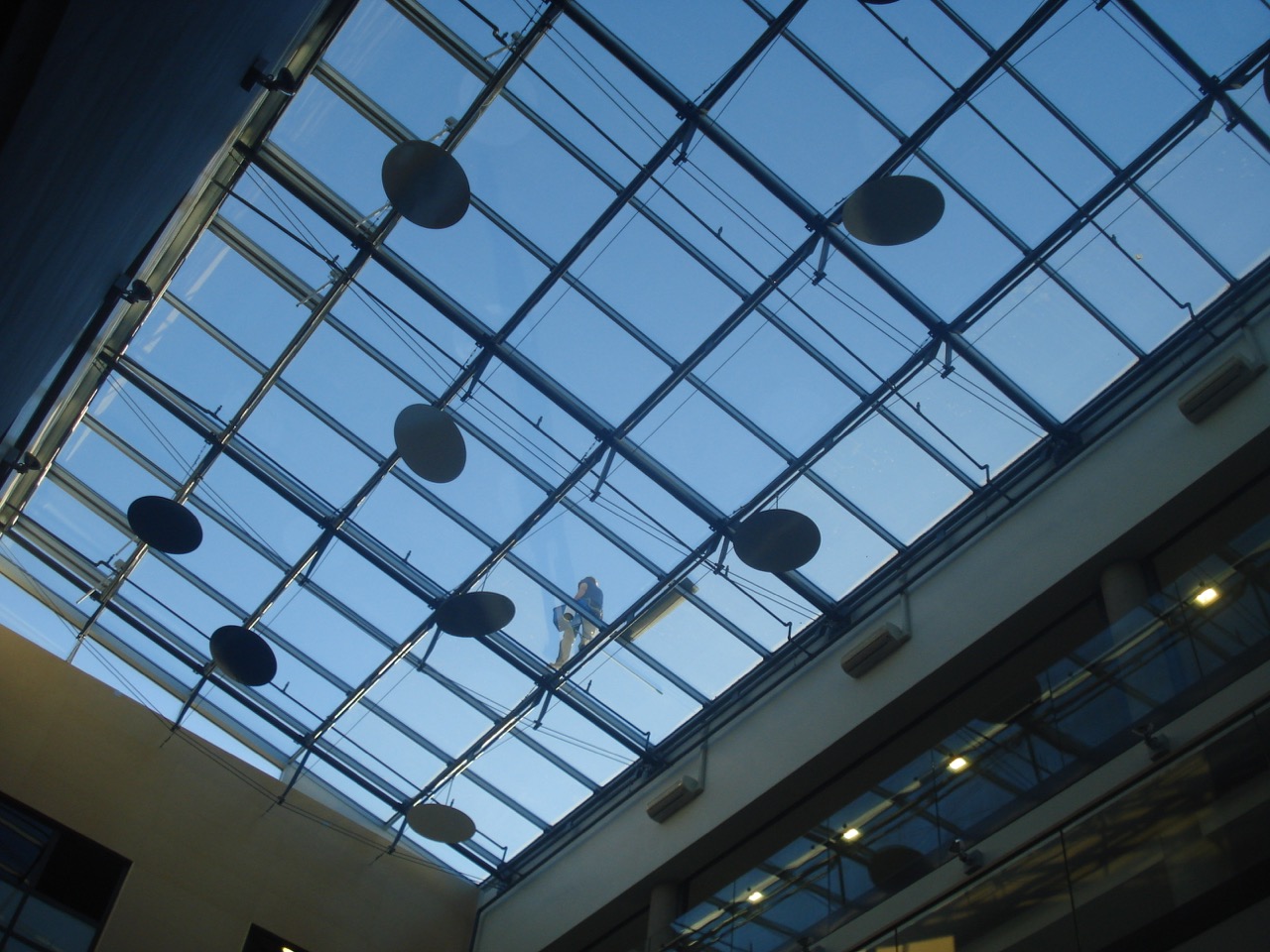
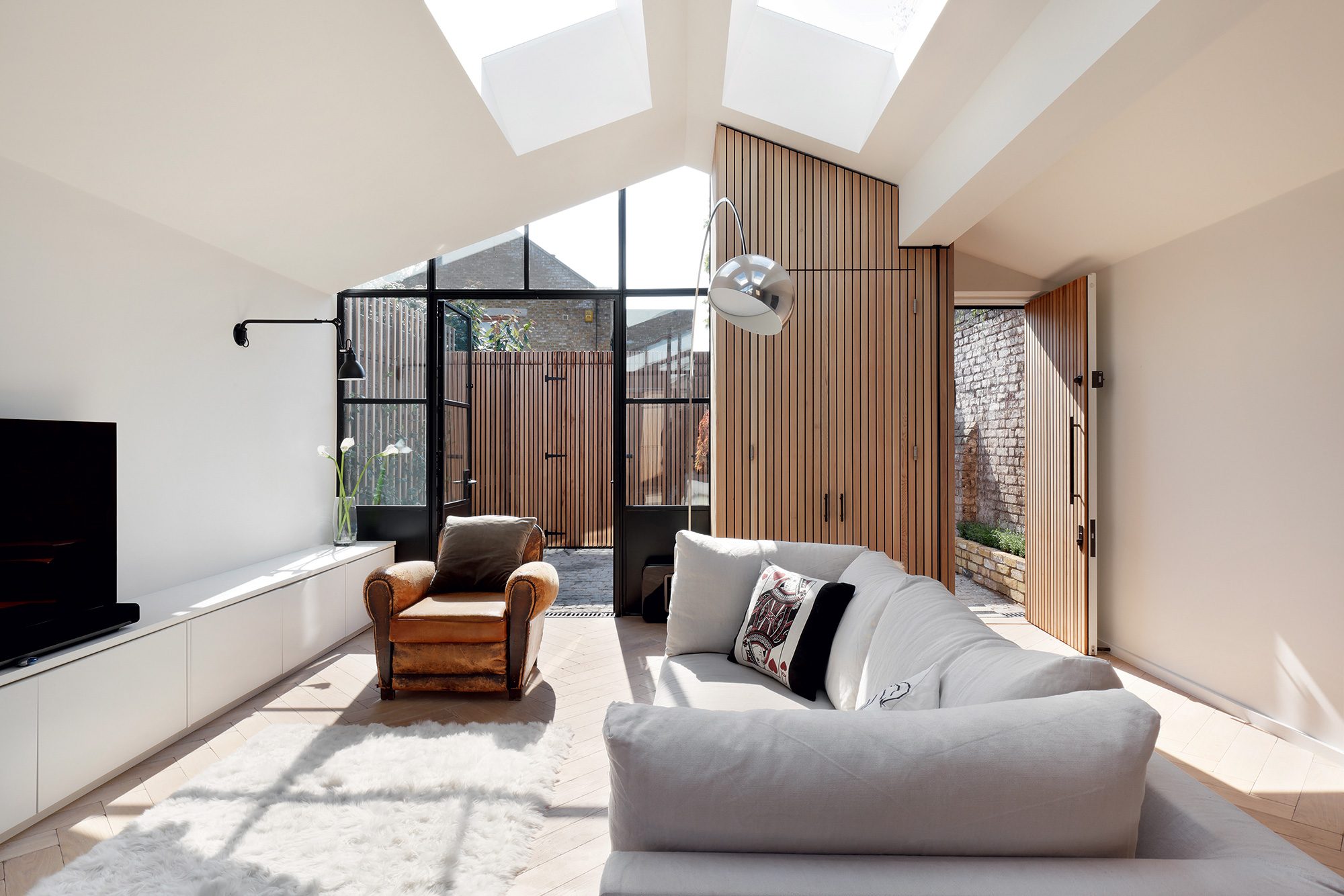
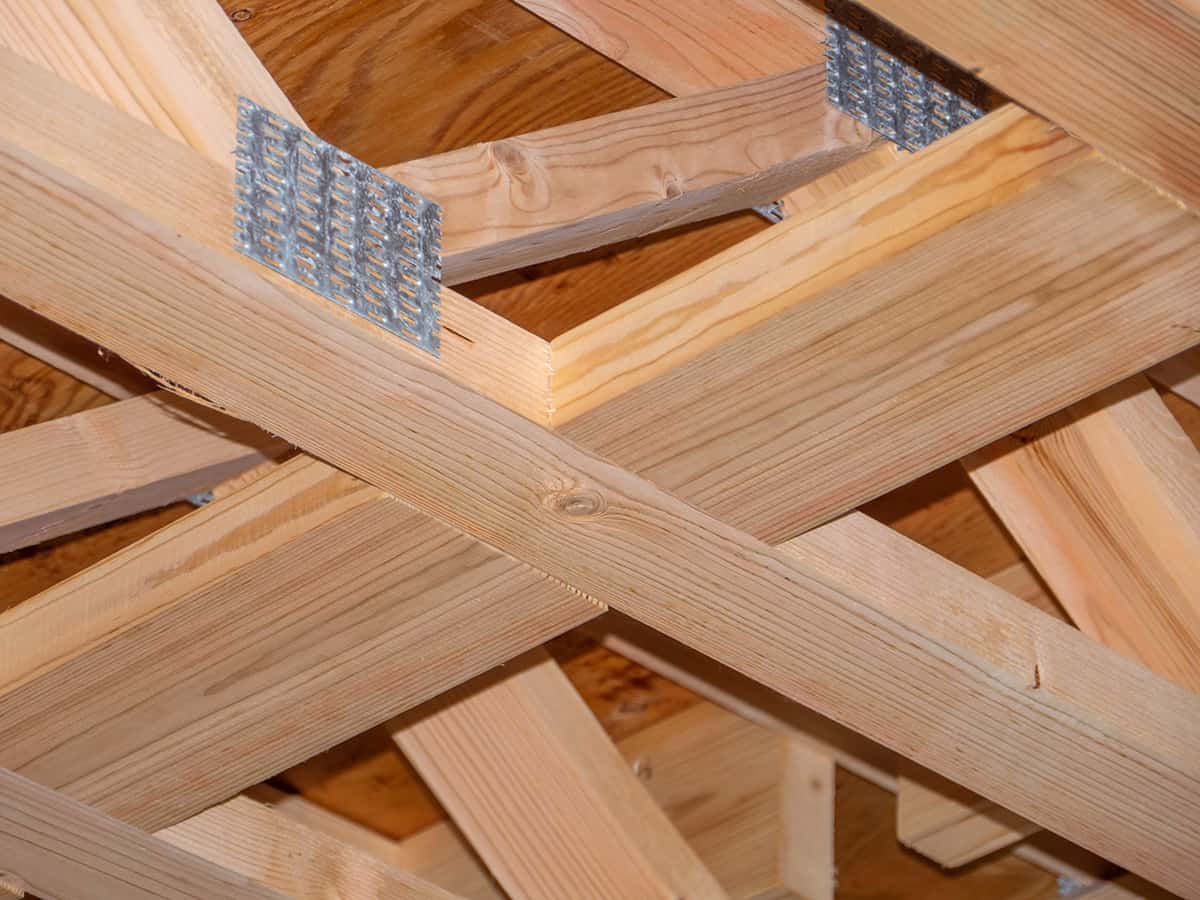
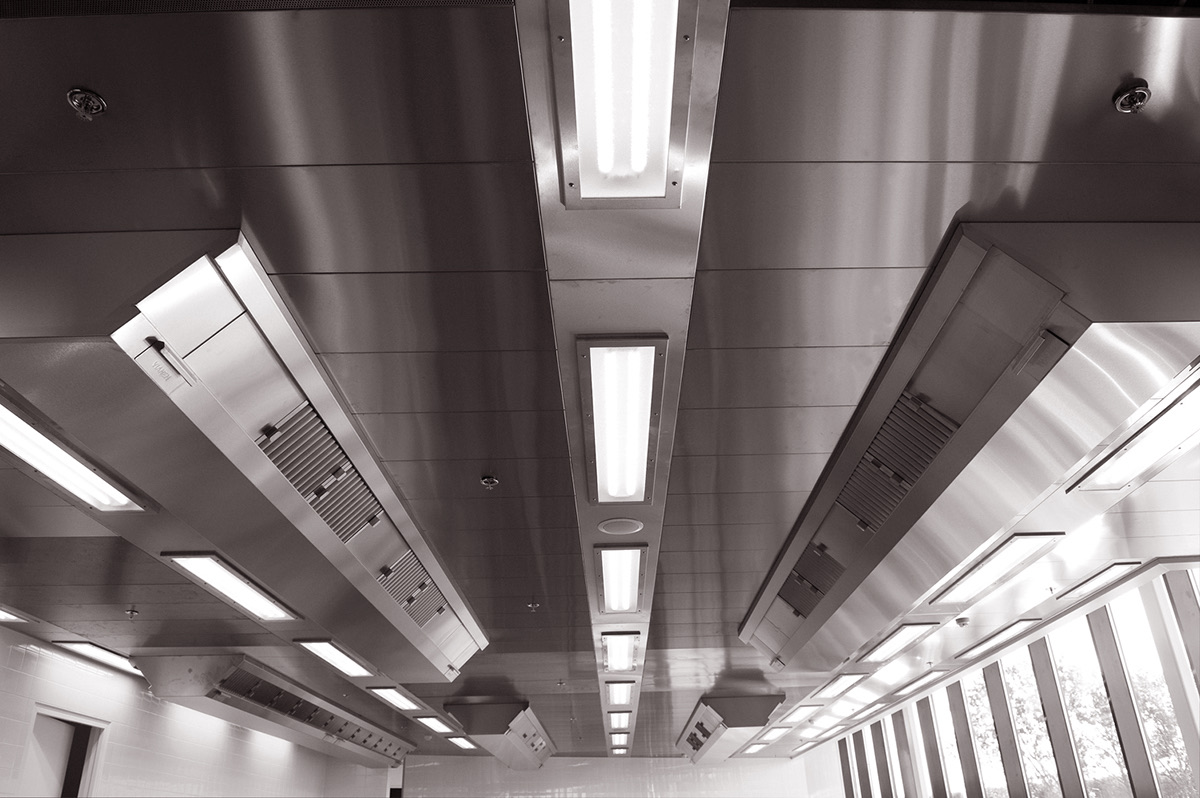
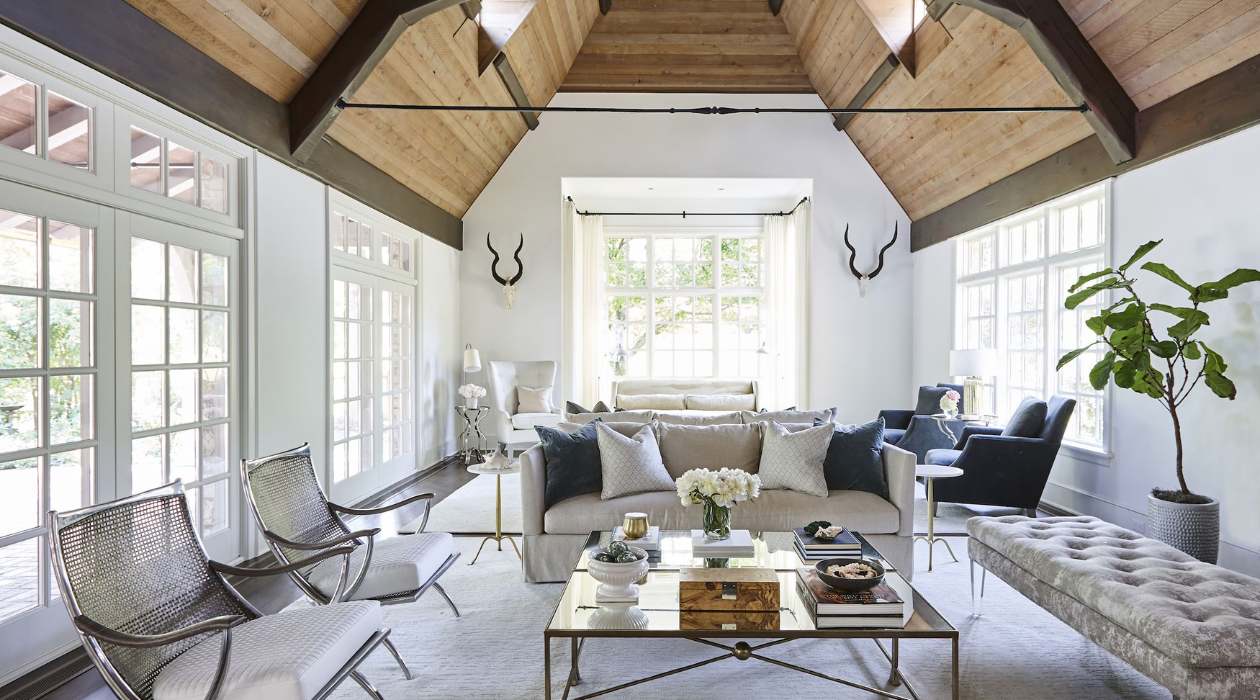
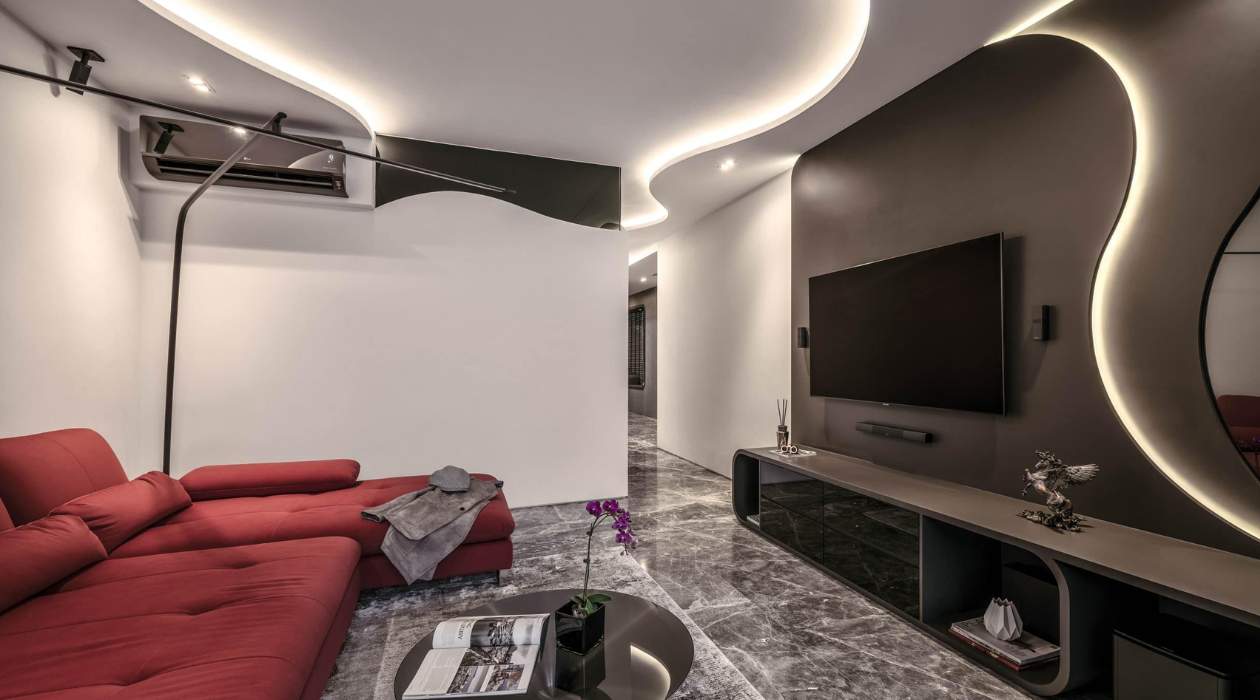
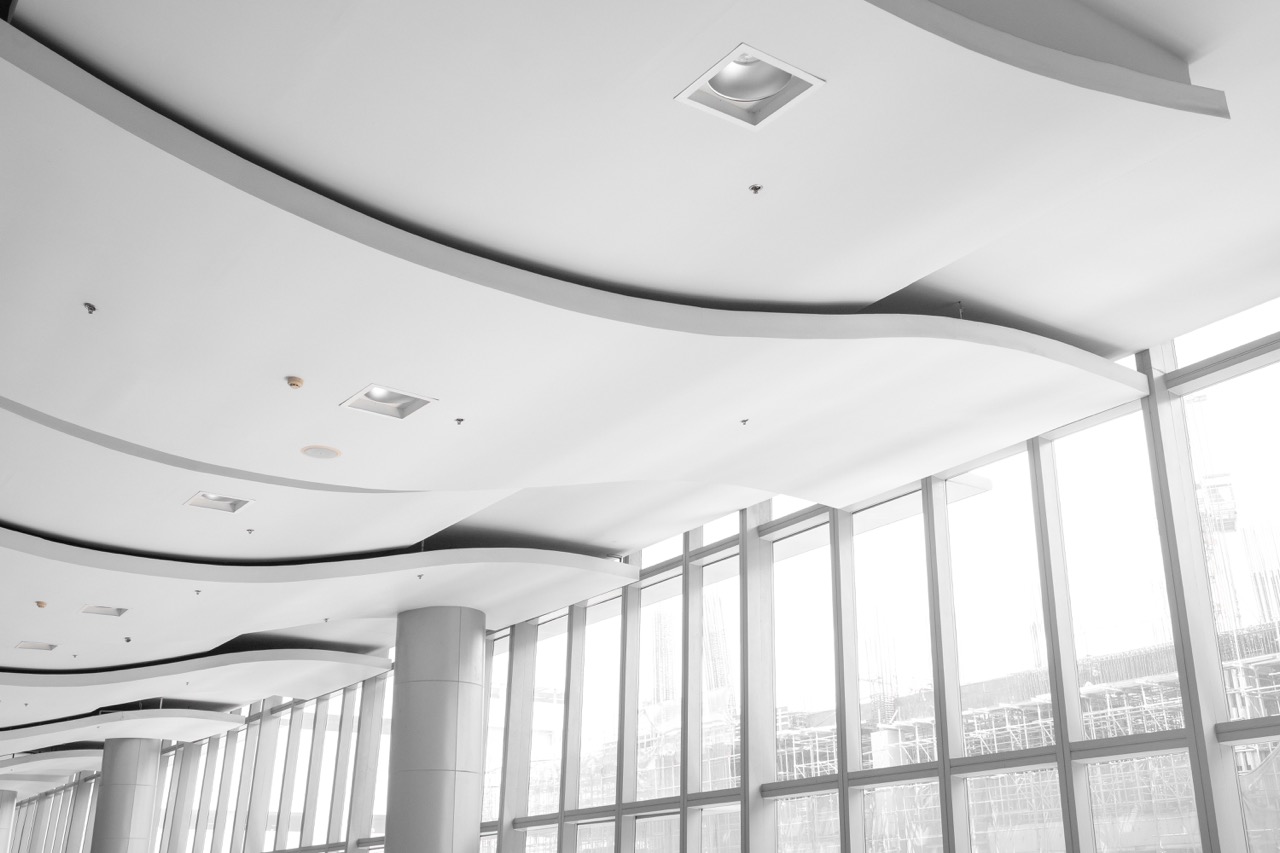
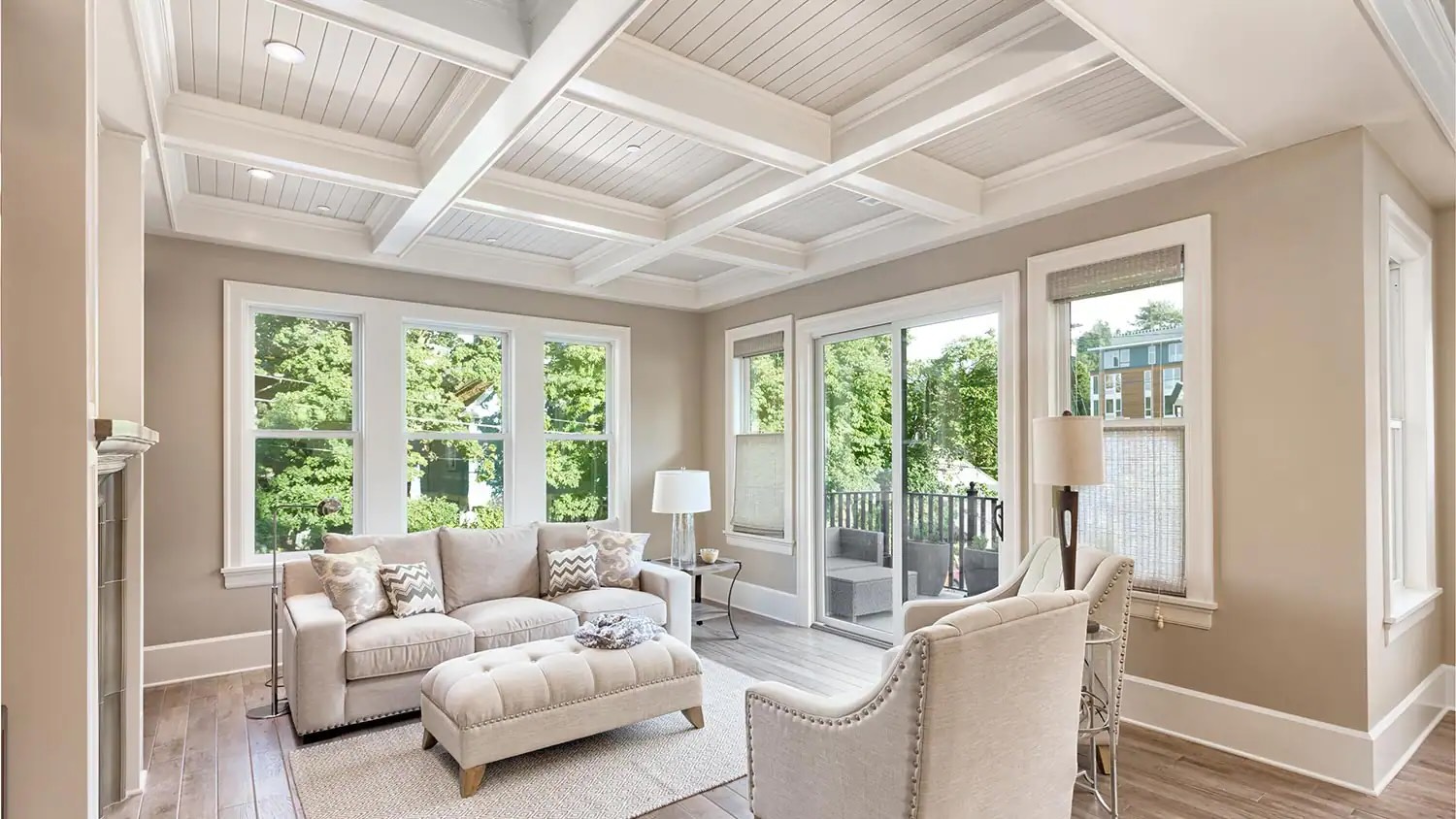
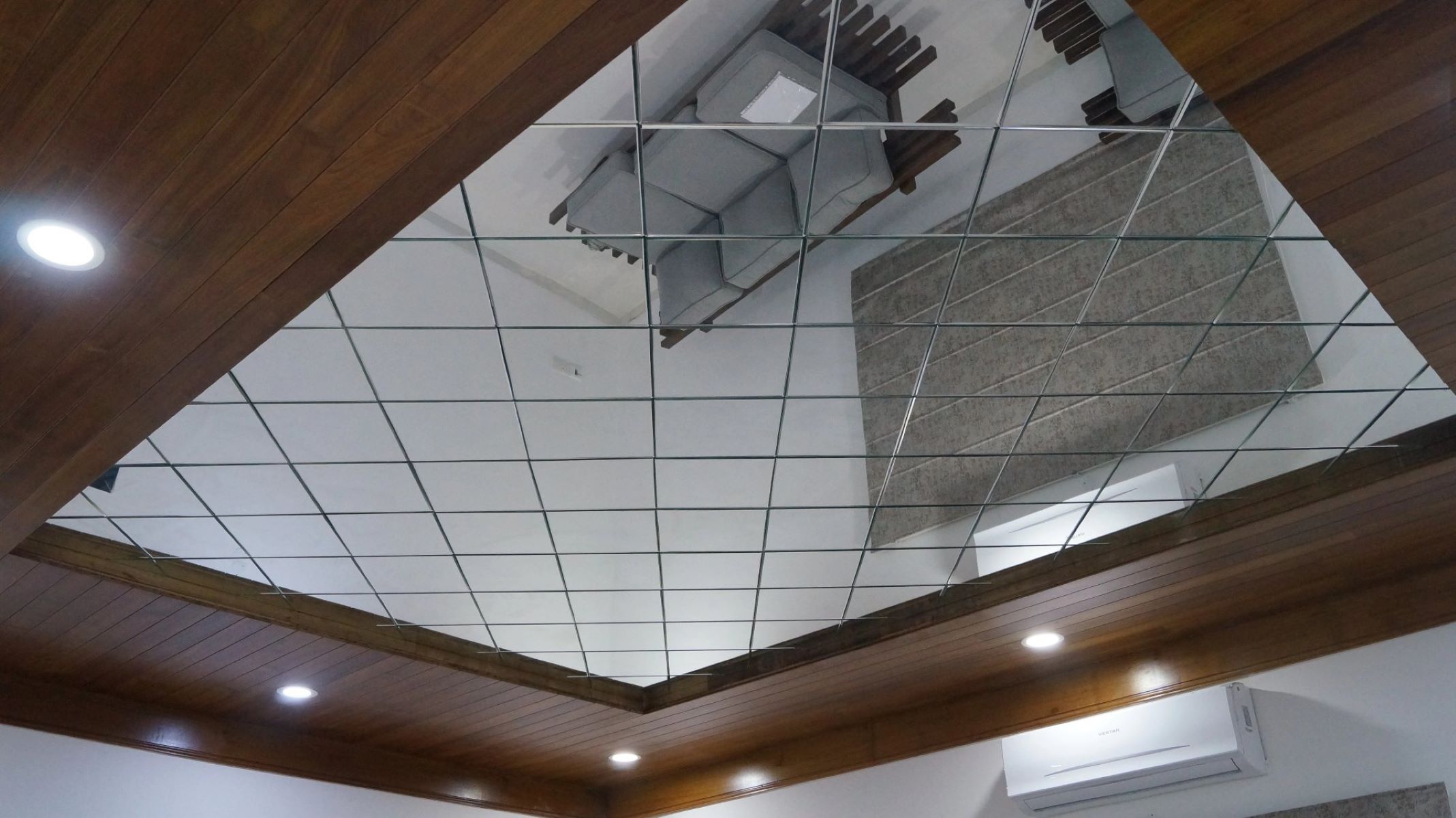
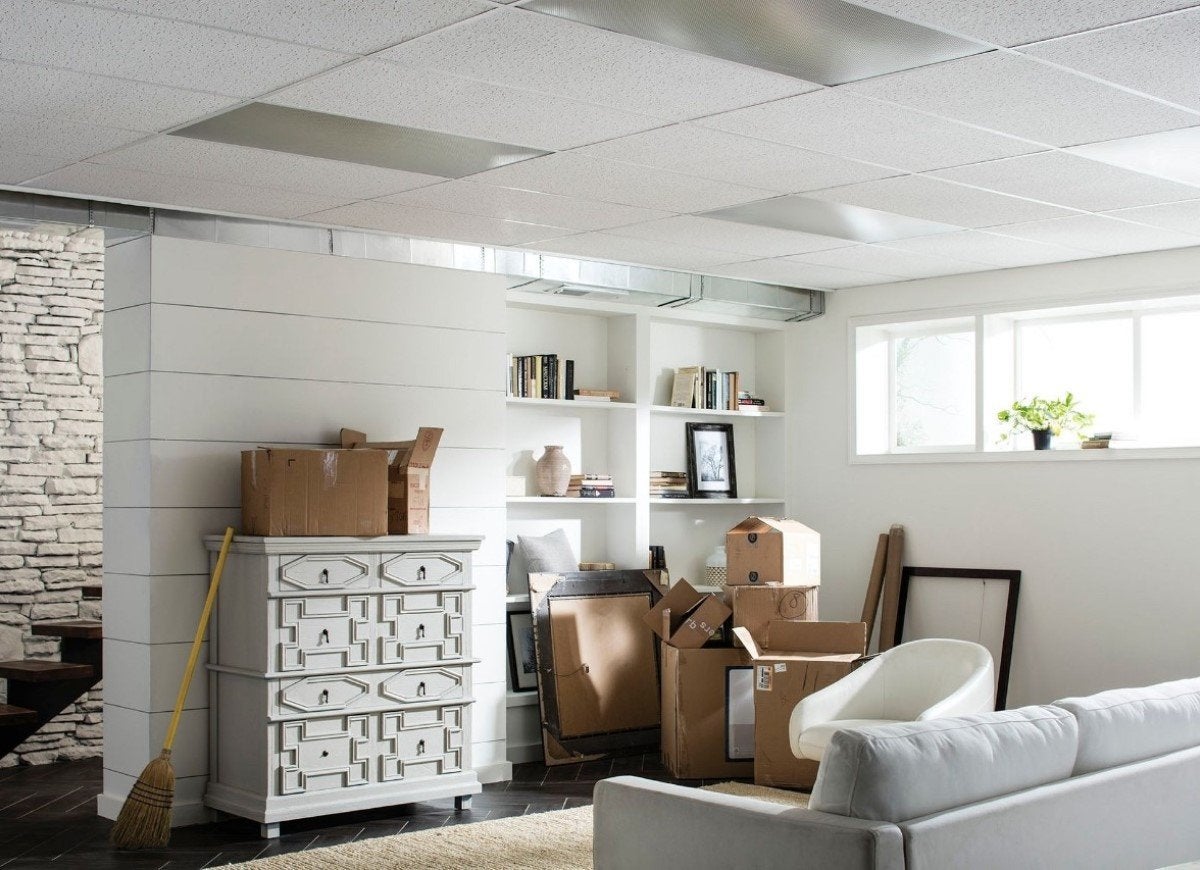
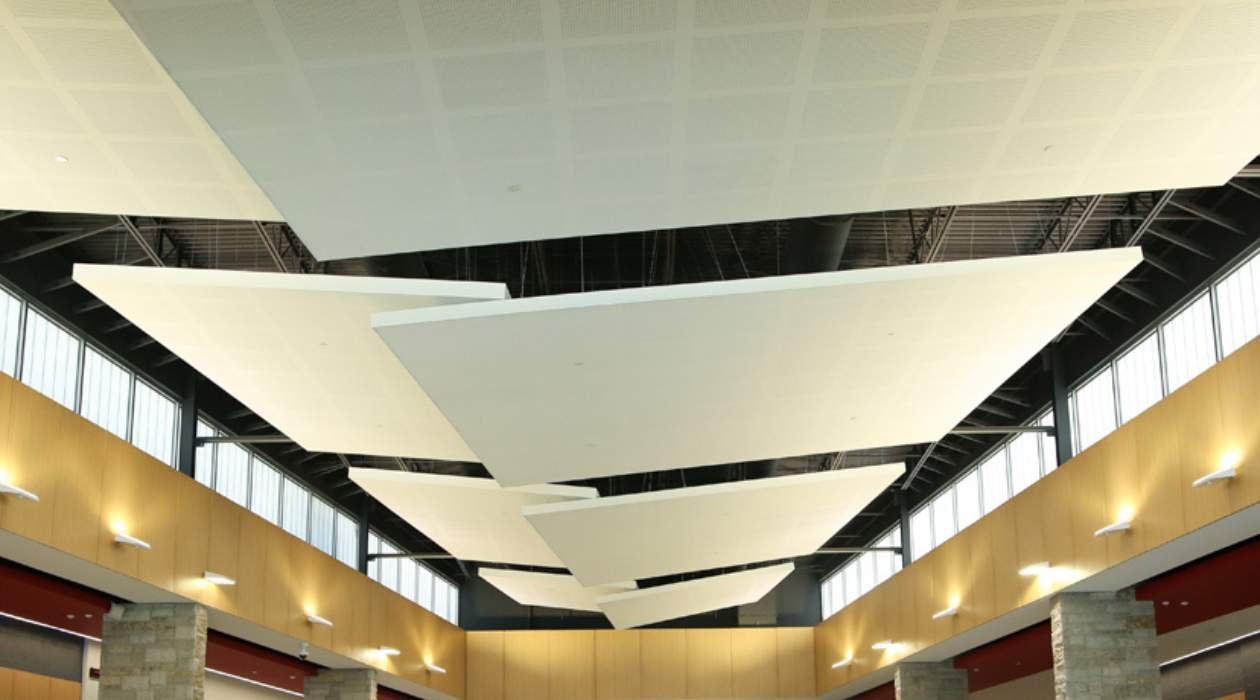
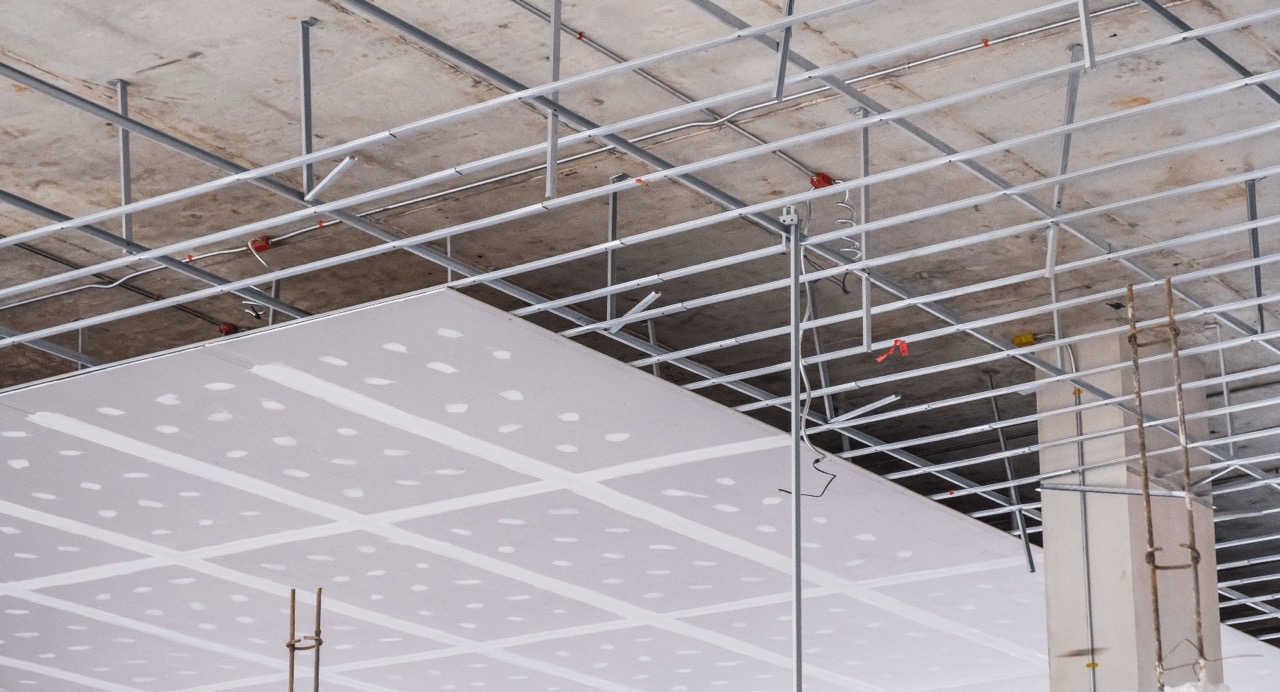
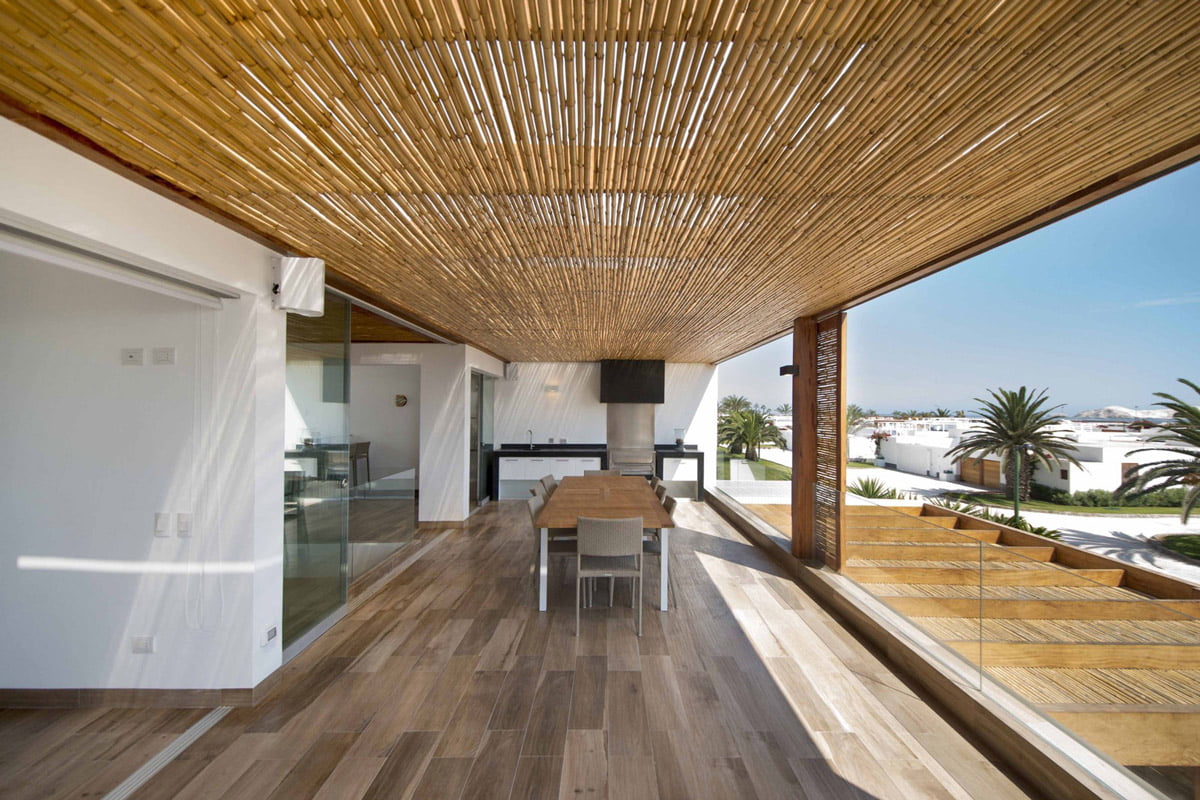

0 thoughts on “What Is A Coffered Ceiling”